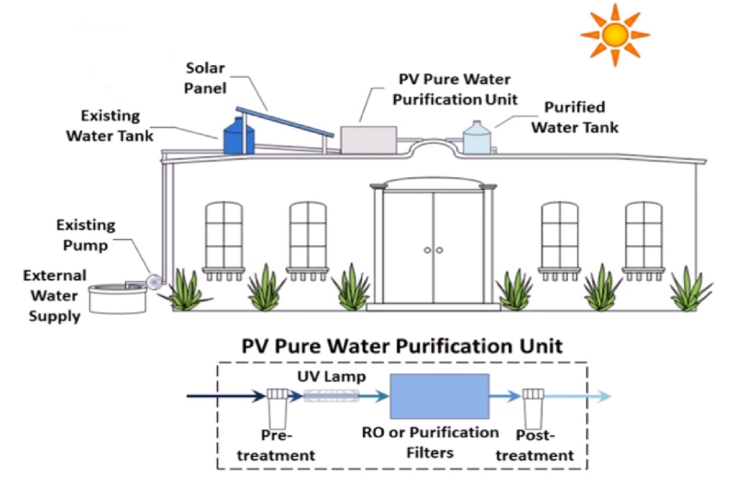MILAN – Small communities living in remote parts of the developing world have to deal with serious health problems every day due to lack of clean water. Now, thanks to new solar energy technologies, the residents of a small Mexican village have started to produce purified drinking water. A research launched by Desalination magazine, carried out by the Massachusetts Institute of Technology (MIT), who are following the development of this new type of technology step by step, have developed and implemented a method for making the water purifying system self-sufficient on the long term.
La Mancalona village
La Mancalona is a village of about 450 indigenous inhabitants, mostly subsistence farmers and beekeepers. In their document, experts describe the technical and economic models used for the conversion of technology from the laboratory to the field and the various steps needed to shape it within the community. The technology works with electric energy produced by solar panels: the electricity is used to power the pumps that push the water through a filter. The process is known as "Photovoltaic powered reverse osmosis” and the system implemented at La Mancalona uses two solar panels producing about 1,000 litres of purified rain water a day. Thanks to these development methods, the inhabitants of the village are able to manage water purification systems.
A self-sufficient business
Steven Dubowsky, professor emeritus in mechanical engineering at the MIT claims that, through careful planning, communities can operate with hi-tech systems. It is possible to change the culture in under-resourced countries and in this case it has been proven, because technicians used their knowledge for the production of a high quality system and have trained the community to use this potential in a sustainable manner. The system is managed like a community business: the inhabitants of the village pay a set price for purified water and this amount makes the system self-sustainable according to the researchers. The community pays 5 pesos for 20 litres. A price established according to the possibilities of the inhabitants, which on an economic scale, represents about a tenth of the cost that villages would pay to reach the closest centre.
by editorial staff











